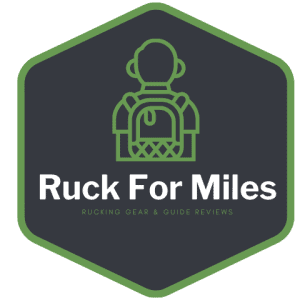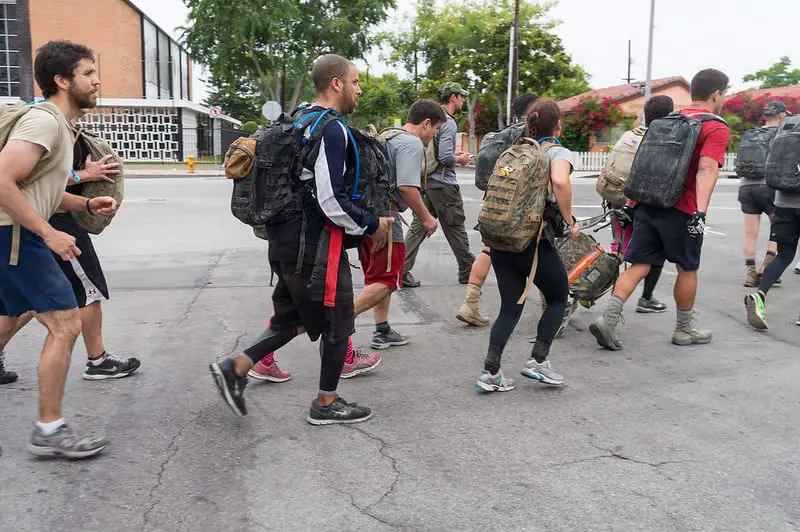
Rucking is a Low Intensity Interval training workout that involves walking with a weighted rucksack for a set distance. Rucking has numerous benefits such as building muscle strength, improving your cardio, and more.
Table of Contents:
1. What Is Rucking
2. Benefits of Rucking
3. Is Rucking Good For You
4. How To Start Rucking
5. Can You Ruck Everyday
6. What Rucking Gear Do you Need To Get Started
7. What Is A Rucksack
8. How To Progress
9. What Is a Ruck March In The Army
10. Why Should You Ruck
Rucking has been increasing in popularity as a go-to form of cardio & strength workout. Its biggest strength is it makes fitness as easy as one, two, three, walk. It takes the most instinctive form of exercise human beings have – walking – and ups the difficulty.
What Is Rucking?
Rucking is an exercise, rooted from military training, that involves walking a set distance while carrying a weighted rucksack/backpack. Sometimes referred to as ‘foot marching‘, Rucking is a workout that improves your cardiovascular system and strengthens your muscles.
‘Ruckers,’ place a free weight in a rucksack and carry it as they walk outdoors. You can use almost anything to increase resistance, from gym plates (aka ruck plates – Learn more about ruck plates and how to choose the right one for you) to water bottles, books or any heavy items you might find around the home. I’ve compiled a complete list of things around your home that you can add to your backpack to start rucking to help you get started.
It’s thought that every military in the world uses rucking and ruck marches as part of drills and fitness training. It’s cheap, easy and highly effective. The additional load challenges your endurance and forces the biggest muscles to work harder and, thus, grow stronger. It works because it is functional: rucking is just everyday movement with an added twist.
It’s unfortunate that some people who start rucking tend to stop after a few tries as they start rucking with such heavy weights in hopes of seeing results quickly. Having noticed that, I put together a guide on why rucking is so hard and how you can make it easier so that you can be consistent with it.
How I Got Started With Rucking
I have been rucking for 7+ years now. From my humble beginnings, I started rucking when I came across an event online, and shortly after that, I noticed a group of people in my neighborhood with their rucking gear, heading out to a nearby trail.
At that time, I was short on funds and in very bad shape. I knew I had to do something about it. So, I took it upon myself to start rucking. At that point, I had seen some people around me rucking, and I knew I could do it; I just needed the discipline.
I simply began with my university backpack and loaded it with a few random things around me like water bottles and books. Slowly, I started seeing some improvements in the load I was able to carry, and my distances kept increasing from 3km to 4km, with me incrementally extending the distance.
Lately, I’ve been more focused on my training. I went on a 8 – 12 month journey to transform my body through rucking. It was then that I noticed significant benefits, which I’ve detailed in depth here for you to review.
Through this intense journey of rucking & other accessory workouts, I learned a lot. I dedicated my time throughout the past several years towards rucking and this rucking body transformation is where I felt that I was able to take things to the next level.
Benefits of Rucking
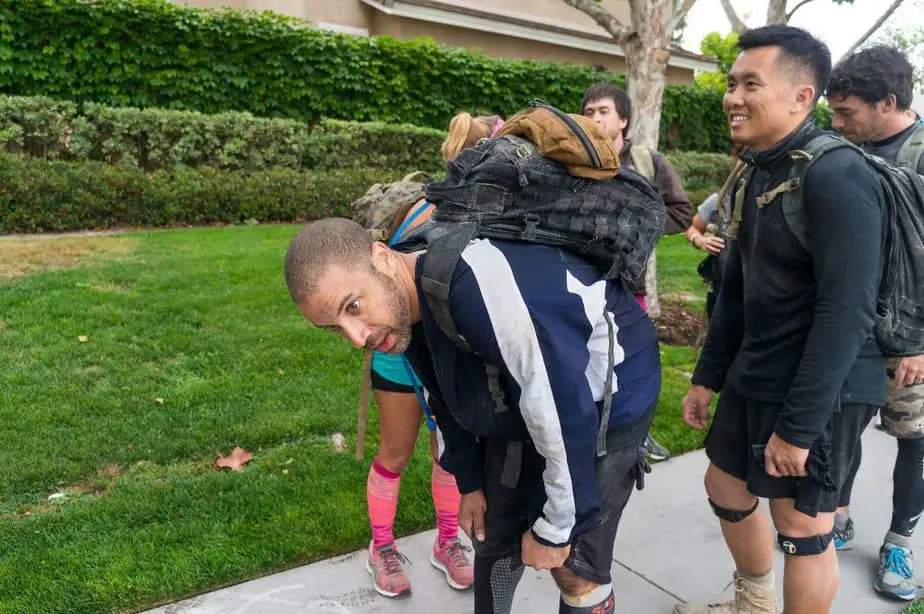
There is a reason as to why militaries world wide choose rucking and ruck marching as a pillar of physical conditioning. It’s a comprehensive workout that offers tremendous benefits. Here are some of the benefits of rucking:
1- Improves Cardiovascular Fitness
Rucking falls under the category of LISS (Low Intensity Steady-State) workouts. This means it involves longer exercise durations compared to sprints and runs. Engaging in rucking helps enhance cardiovascular fitness over extended periods.
From my personal experience, I’ve run health checks to track my cardiovascular health after taking rucking seriously, and the results speak for themselves.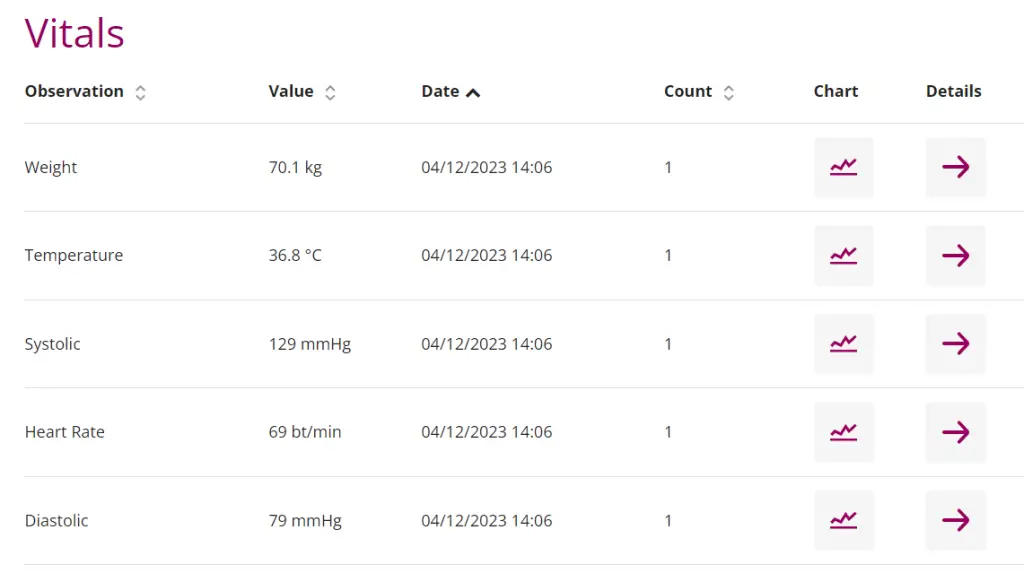
As you can see from my health vitals above, my blood pressure is at 129mmHg (systolic) and 79 mmHg (diastollic). While it is slightly elevated, it is much better than what it was before (source). Furthermore, my resting heart rate is at 69, which is on the low end and implies an efficient heart function and good cardiovascular function.
3- Improves Muscle Strength
Rucking is a compound exercise that engages multiple muscle groups simultaneously. The leg muscles come into play as you use a hip belt to carry the load, while your shoulders (deltoids) strengthen from the constant load-bearing. Each muscle group experiences targeted improvement during rucking.
As you can tell from my before and after results, rucking helped me maintain whatever muscle mass I had while losing the excess fat that I had. Check out my full guide on how to lose weight and fat loss from rucking.
4- Rucking Aids in Posture Improvement
The weight of the backpack or rucksack in rucking contributes to pulling the shoulders back while walking. With consistent rucking, you practice and develop improved posture over time.
5- Rucking is Accessible to Everyone
Anyone can ruck, as long as you can walk. You can start as long as you can walk and have a rucksack to get you started. It doesn’t require advanced fitness levels, making it suitable for individuals at various starting points.
To further prove this, I met a good friend named Jerry at a local rucking event. He’s 65 years old and continues to ruck. His reasoning for choosing to ruck was because he’s had a lot of injuries in the past and was looking for a low-impact exercise that he can consistently stick to while not exacerbating his previous injuries and something easy on his joints. Check out my full interview with Jerry as I explore the topic of rucking for seniors.
Why You Should Consider Rucking
Rucking is a good workout because it involves resistance and cardiovascular training. This allows you to get in shape, gain strength, and improve your cardiovascular health.
Here are a few other reasons why rucking is a good workout:
1- Rucking Is A Functional Workout
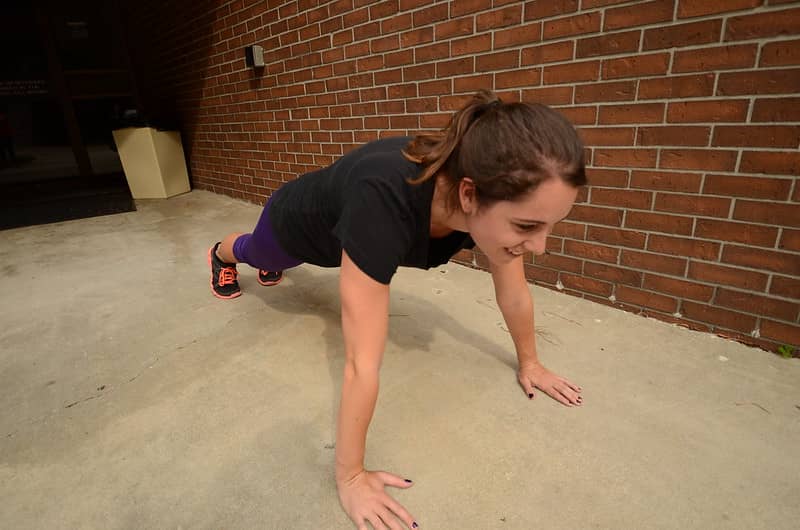
Rucking is a functional workout, which makes it a good and effective workout.
But what is a functional workout? and why should you care?
A functional workout is an exercise training style that trains your muscles to work together and prepare them for daily tasks by mimicking common movements you might do at home, at work, sports, or everyday activities (source).
Functional workouts typically use multiple muscles in the upper body, lower body, and focuses on core stability (source).
With that said, it is safe to say that most people carry a backpack on a regular basis, whether it’s to go to school or walking to work. Since rucking is a workout that involves you carrying a relatively heavy backpack, you’re working out multiple muscle at the same time, here’s a few to start with:
- Traps (shoulders)
- Abs (core)
- Legs (Quadriceps, hamstrings, and calfs)
- Back
2- Provides Positive Mental Health Benefits
Most exercises and workouts help your mental health, that’s not new. But still very applicable to rucking! Research shows that backpacking (which is very similar to rucking) in nature has been shown to battle negative thoughts and improve cognitive abilities (source).
A big part of that is that backpacking and rucking, in a natural environment, gives you a chance to disconnect from the world and its distraction. At the same time, your body releases endorphins as a result of the exercise (source).
So choose a nice path and ruck in the woods!
3- Rucking is Socially Stimulating
If you find yourself working best on your own then rucking is definitely a good workout choice. Personally, I do prefer to ruck solo as my day job does require a lot of social interaction and I rarely get time to myself. Rucking is somewhat of my safe haven for some solo time.
On the flip side, many people prefer to ruck with others and find that they need the push by the people around them to workout for longer. If you find yourself in that category, then rucking sure is for you.
Rucking with others is also great because you can get some rucking tips and tricks from people that are perhaps more experienced than you.
If your friends don’t ruck, you can join many rucking events and workout with people in your city. This is actually a pretty cool way to get to meet new people, especially if you’re new to the city.
Ruck clubs are a great way to socialize with people in the local community. Simply put, a ruck club is organized by someone in the community and they’ll typically organize weekly, bi-weekly, or monthly ruck events and some of them end with a nice outing (can be crazy fun at times). Learn more about ruck clubs and find out how you can start one today!
4- If You Can Walk, You Can Ruck
Rucking is a good workout because it can be done by anyone (who can walk), regardless of your fitness levels. All you really need to get started is a backpack, pair of running shoes, and you’re good to go.
Keep in mind though that as you progress in rucking, you may want to consider upgrading your gear collection to include rucking boots and proper rucksacks as you may feel feet, shoulders, back may feel uncomfortable.
This is great because often times the barrier of entry to a healthier lifestyle is accessibility. For example, you might know a friend or two who didn’t feel so great when they first started going to the gym because they were embarrassed about how they looked.
This is definitely not the case with rucking, as you always have the choice to ruck on your own and the community is generally very positive and supportive.
How To Start Rucking?
Thinking about trying rucking? Here’s a straightforward step-by-step guide to help you get started:
- Gather Your Gear: Find any backpack you have at home. Alternatively, you can upgrade your gear and start with a rucking backpack.
- Load It Up: Add a suitable amount of weight to the backpack. Start light and gradually increase as you get comfortable. Check out my full guide on how much weight you should carry when rucking This will help you figure out how much weight you should carry when starting out.
- Lace-Up Your Shoes: Put on your regular workout shoes. Comfort is key! You may want to consider upgrading your shoe for those tough terrains, I personally recommend the GORUCK Ballistic trainers, check out my full GORUCK Ballistic trainers review.
- Head Out the Door: Don’t overthink it—just start walking. The fresh air and movement are all part of the experience.
- Track your rucks: It’s very important to track your progress. That way, you’ll know your weight load and distance benchmark, and work your way from there. I’ve reviewed several apps that you can use to track your rucks.
What Rucking Gear Do you Need To Get Started?
Later on when you’re regularly rucking, it may be difficult and painful to add more resistance with the equipment you’re currently using. I would recommend the following rucking gear by priority:
- Rucksack (Here’s my recommended rucksacks to get you started)
- Boots (Here’s my recommended boots for rucking)
- Anti Chafing Balm (Here’s my favorite one)
- Headlight lamp (Here’s my favorite one)
- Boot insoles (Here’s my recommended boot Insoles)
Rucking Gear is endless, and that may thin out your wallet. We’ve compiled a list of more essential rucking gear for people on a budget.
Rucking Fun Facts
I recently conducted a study to find out how popular rucking is. Here are some of the insights from my investigative piece:
- The number of searches for “rucking” globally has increased by 50% in April 2023 vs April 2022. The number of searches for rucking has been increasing steadily since 2016
- The number of searches for “rucking” in the US has increased by 22% in April 2023 vs April 2022. It has been increasing steadily since 2019
- More worldwide sport brands have been introducing their audiences to the sport of Rucking
Looking for more insights? Check out my study on The Rise of Rucking: Investigating the Growing Popularity of Rucking
Can You Ruck Everyday?
Yes you can. Do I recommend it? it depends
Rucking daily is not recommended if you’re a beginner, especially if you’re just starting out. Similar to any other sport, rucking daily as a beginner will put a lot of stress on your muscles. While muscle stress is necessary for growth and conditioning, it does not give your body enough time to rest and recover. Muscle recovery is key for longevity.
On the other hand, some people do choose to ruck daily to reach their goal. Some people’s goal is to keep up with the military’s 12 miles in 3 hours requirement, or have procrastinate prepping for an event and leave it for the last week or two.
Should you find yourself in that situation, consider rucking daily but for shorter distances while increasing the load gradually. I covered this fully in my recent post, rucking everyday – should you do it?.
Frequently Asked Questions about Rucking
What Is a Rucksack?
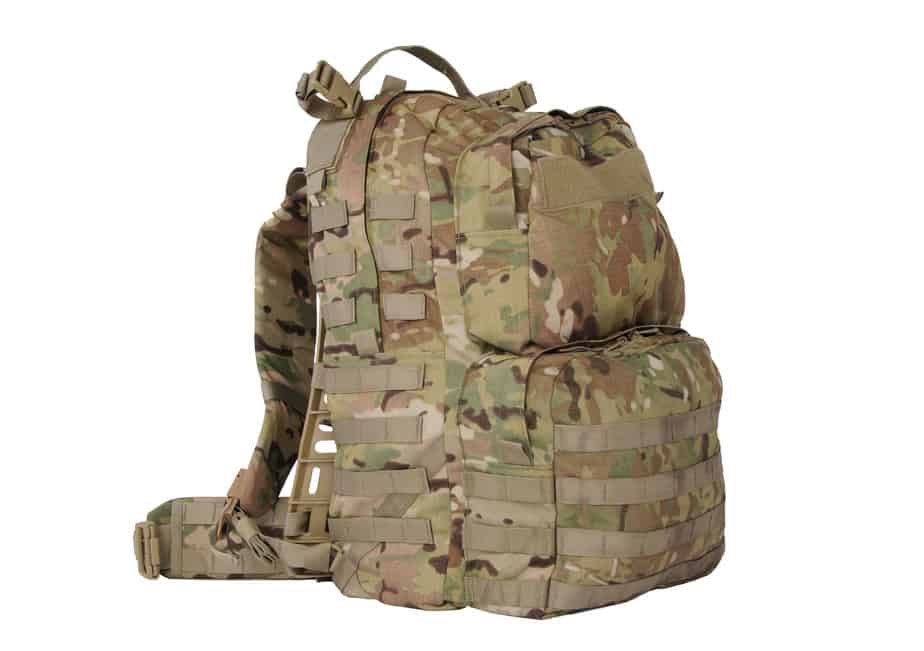
The name rucking has obvious origins considering it involves a ‘ruck-sack.’ Historically, different countries had different names for it. The Germans called it “hafersack” which roughly translates to “oat sack”. The British called it “bergen”, a military rucksack issued during world war 2. They also called the Alpine-style backpacks “Bergen rucksacks”. It stemmed from the name of its Norwegian creator Ole F. Bergan, who was also from the Norwegian city of Bergen.
It’s worth asking how important the rucksack is to the activity. Is a true rucksack the only viable option or is any similar kind of bag or pack suitable?
The great news is, there’s little difference between a rucksack and a backpack for beginners. The two have similar features and are mostly interchangeable. Backpacks are more commonly used as everyday items for work and school. Rucksack is the preferred term for a bag used for hiking, climbing and other outdoor activities. Rucksacks commonly have one main entry point, like a sack or satchel. Backpacks may have a range of zippered compartments.
If you’re just starting out on your rucking journey, don’t worry too much about this distinction. The key thing is to use a bag that feels comfortable and secure. It shouldn’t sag or hang away from the body as this places undue pressure on the joints. The best rucksacks for rucking are those with chest and back straps that pull the load tight against the body.
As you gain experience and add more weight, you may become more sensitive to the differences between rucksacks and backpacks. The more your passion for this activity grows, the more likely you are to want to invest in high quality, tailor made equipment. Then, you can start scrutinizing straps and shopping for a true rucking rucksack. For now, pick a bag that’s comfortable and tough. Here’s my recommended list of the best backpacks and rucksacks for rucking.
How To Progress?
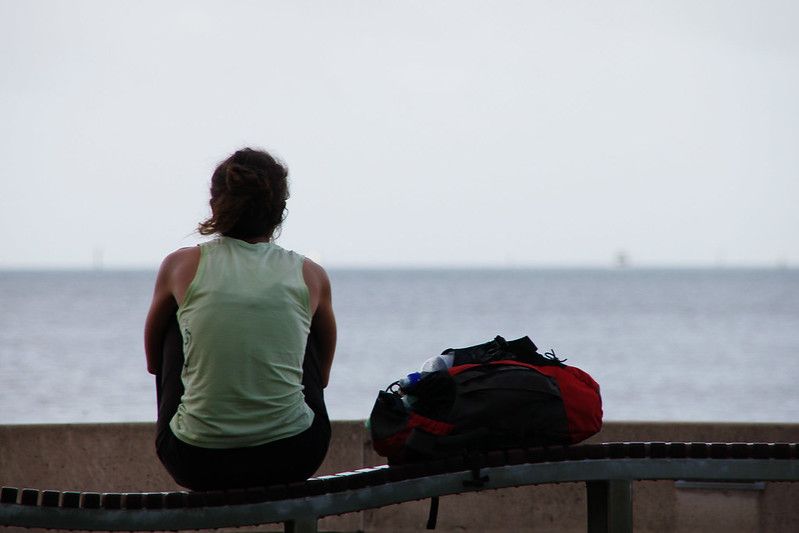
It can be tempting to start carrying 50 lbs on your first ruck and flex on the gram, but that strategy definitely wont help you progress and stick to the program.
It’s typically recommended to start carrying 10% – 15% of your bodyweight when you’re first starting out and work your way up. Once you’ve been rucking for a few weeks, search for rucking events in your local area. This will help you mingle with other people and it helps you progress through the sport.
The sense of community you get from rucking events is like no other! Longevity is key, so start with a reasonable weight and work your way up. Try to interact with fellow ruckers to keep yourself motivated. Here’s a list of GoRuck Events, check to see if any rucking events are happening in your areas.
Check out my full rucking workout program to help get you started.
What Is a Ruck March In The Army?
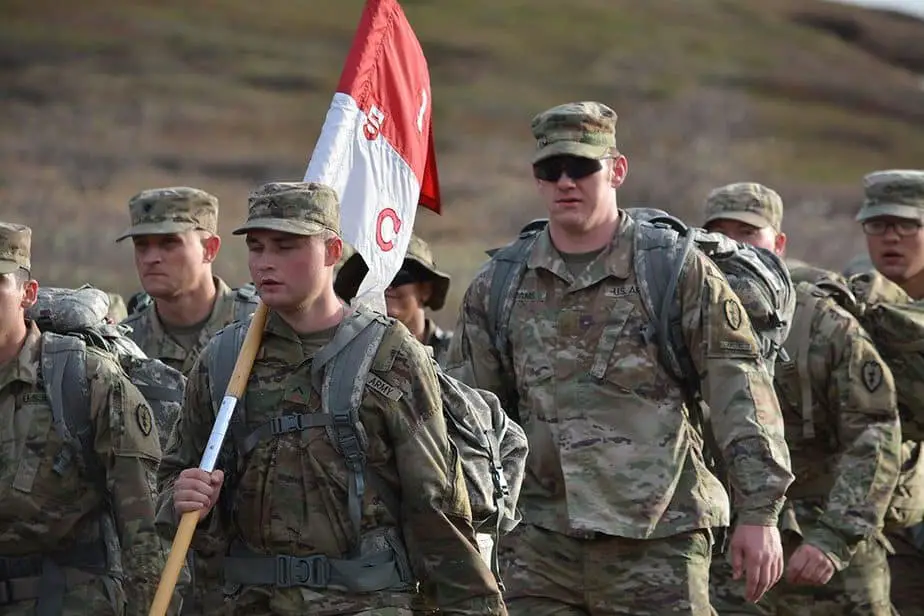
Rucking is a staple of military training, both in the United States military and in forces around the world. This is where the activity originates, as a form of intense cardio exercise for soldiers. In the army, soldiers regularly go on ‘ruck marches’ – highly regimented and closely scrutinized weighted walks.
The basic rules are the same. Each soldier travels with a heavily loaded rucksack. The difference is, military personnel are expected to jog (for at least part of the march) and they carry much heftier loads as well. It’s not uncommon for rucking soldiers to carry over fifty pounds of gear, weaponry and accessories.
It sounds like cruel punishment but it’s the best way to prepare for real life scenarios in which they might have to run for their lives while keeping survival equipment intact.
It’s fair to say ruck marching is a lot more intense than rucking for general fitness. Unless you have a highly conditioned body already, you shouldn’t be carrying anywhere near the same amount of weight. While similar to a degree, military rucking has a different purpose. It tests endurance by sending soldiers out walking for miles and miles. This level of intensity is not recommended for most people.
Learn more about the US army ruck march standards
Curious about the toughest ruck march out there? Learn more about the Norwegian Ruck March which requires participants to ruck for 18.6 miles while carrying 25 pounds.
